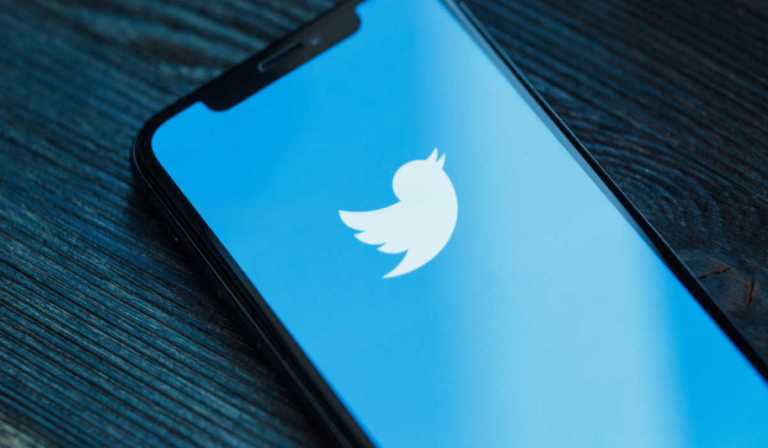
Twitter wants to raise the subscription price for its Twitter Blue plan to $19.99 — from $4.99 — part of a wave of plans for the social media platform by new owner Elon Musk.
According to published reports Sunday (Oct. 30), the company is also considering a plan that would give verified users — “blue checkmarks,” in Twitter parlance — 90 days to subscribe or lose their status. The company is also threatening staff working on the project with firing if they don’t meet its Nov. 7 deadline.
After the news broke, investor Jason Calacanis polled his 573,000 followers to ask them how much they’d pay to gain a blue checkmark. Eighty-one percent — as of Monday morning (Oct. 31) — replied that they wouldn’t pay, to which Musk replied “Interesting.”
Representatives for Twitter were not immediately available for comment Monday.
The price increase would be the second one subscribers have seen this year. In July, PYMNTS reported that Twitter was increasing its rates from $2.99 to $4.99 in an effort to help the platform build out new features.
Last week, the platform said it was testing a feature that will expand links to non-fungible tokens (NFTs) to display a preview. The feature, dubbed NFT Tweet Tiles, will allow some links to NFTs on select digital goods marketplaces to “show you a larger picture of the NFT alongside details like the title and creator. One more step in our journey to let developers impact the Tweet experience,” the company said in a tweet.
While it’s still not clear what Musk’s ownership will mean for the platform, PYMNTS noted last week that one thing is for certain: his oversight of Twitter is going to have a major impact on the use of cryptocurrencies for payments, to say nothing of their prices.
Read more: Musk Walks Into Twitter With Crypto Following
Musk has shown in the past that he’s able to change the value of bitcoin by billions of dollars with one tweet. Meanwhile, his interest in dogecoin has turned it from a created-as-a-joke memecoin into a top-10 cryptocurrency that crypto payments tech providers and payments processors have had to support based solely on consumer demand.